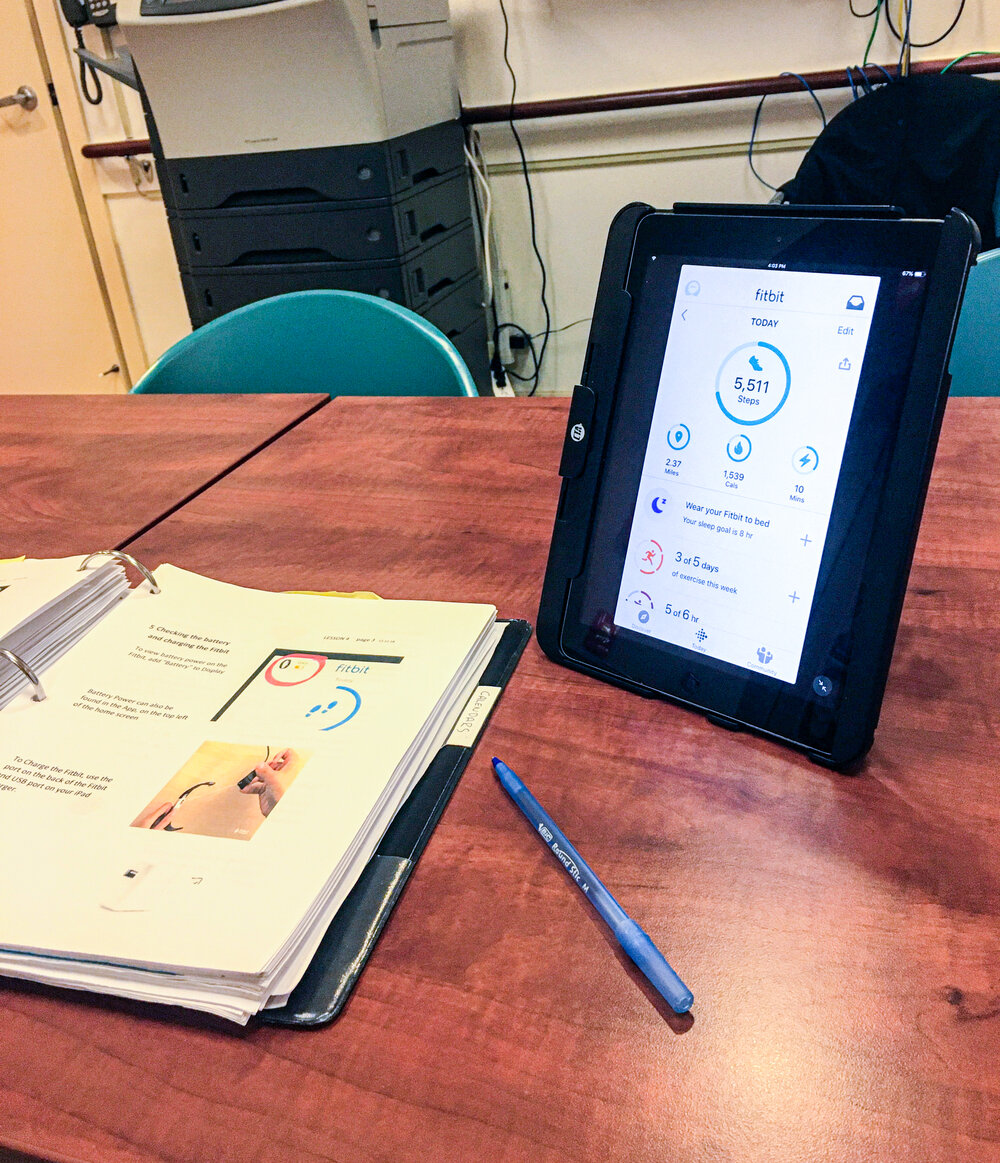
Social Isolation and loneliness are complex health and societal issues that have yet to be fully understood. However, there is evidence that they are becoming more prevalent in society. Social isolation is the lack of or complete absence of contact between an individual and society. It can be a state in which an individual’s normal social network has been cut off or disintegrated. Social isolation is not the same as loneliness, although the two concepts are related. According to the late John Cacioppo, Ph.D., former director of the Center for Cognitive and Social Neuroscience at the University of Chicago, loneliness is a subjective feeling of being alone or separated, while social isolation is the objective physical separation from other people. One can lead to the other, but both can also occur at the same time.
Though social isolation can affect individuals at any age, many studies have shown that seniors are at a higher risk of becoming socially isolated. Seniors are more likely to experience factors that hinder people’s ability to form and maintain social networks such as: retirement, mobility issues, long-term illness or disability, lack of adequate transportation, and separation from or the deaths of spouses, partners, family and friends. As a result, loneliness and social isolation can occur if efforts are not made to remain socially active. The health consequences of social isolation and loneliness are vast, ranging from higher stress levels and a weakened immune system to an increased risk of heart disease, depression, Alzheimer’s disease, and even death.
Senior Vitality is one of many programs organized by Curry Senior Center that hopes to foster community and socialization among seniors in the Tenderloin neighborhood. The program aims to improve health and reduce social isolation through the use of technology (specifically the iPad and Fitbit). By offering weekly classes, monthly individual iPad tutoring appointments, and monthly health coaching, Senior Vitality’s goals are to improve participants’ technology skills, reduce loneliness, and improve participants’ health self-management skills within a twelve month period.
Many of the seniors bonded in the classroom. Several seniors who had only recognized, but never spoke to each other in passing at their apartment buildings, senior centers, or in the neighborhood became friends through the program. Seeing a familiar face each week, the shared experience of learning together, helping each other during class, and navigating through the year-long program together reminds me of how the other National Health Corps members and I first got to know each other at the start of the program. I often find that once people can relate to each other in some way, it can pave the way for future communication and connections outside of what initially brought them together. In fact, a participant once told me they wanted to attend class to see another classmate and discuss food fermentation together.
Research has consistently highlighted the importance of community and human connection at all stages of life. The Senior Vitality program at Curry Senior Center echoes this sentiment by bringing together seniors and becoming or helping them find the social support needed to continue aging well and with dignity in the Tenderloin.
Sources:
Care Connect, Age UK. (2019, March 5). Loneliness and isolation - understanding the difference and why it matters. Retrieved from https://www.ageuk.org.uk/our-impact/policy-research/loneliness-research-and-resources/loneliness-isolation-understanding-the-difference-why-it-matters/
No Isolation. (2019, April 29). What is social isolation? Retrieved from https://www.noisolation.com/global/research/what-is-social-isolation/
Pierce, S. (2019, November 6). Isolation can affect the overall health of seniors. Retrieved from https://www.tmc.edu/news/2019/11/isolation-can-affect-the-overall-health-of-seniors/

